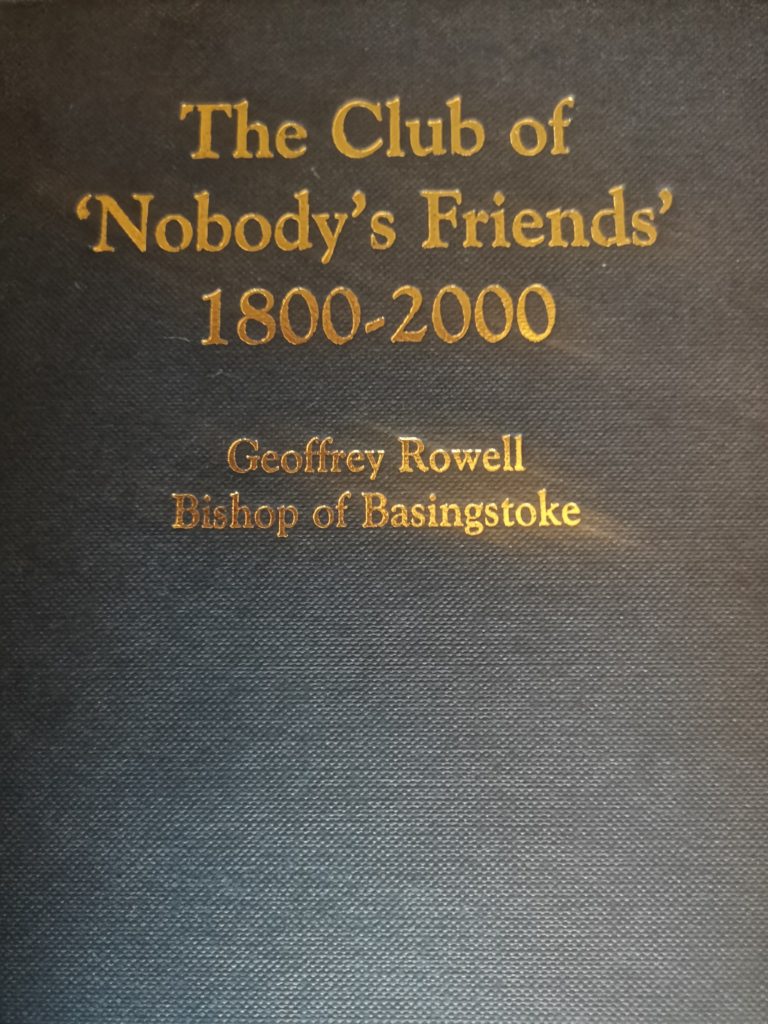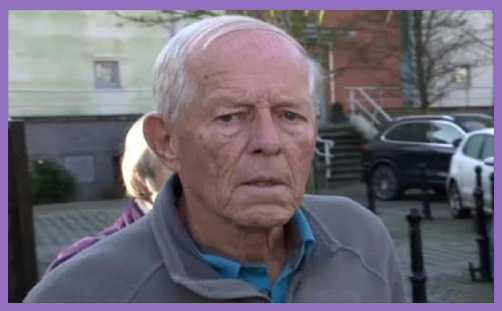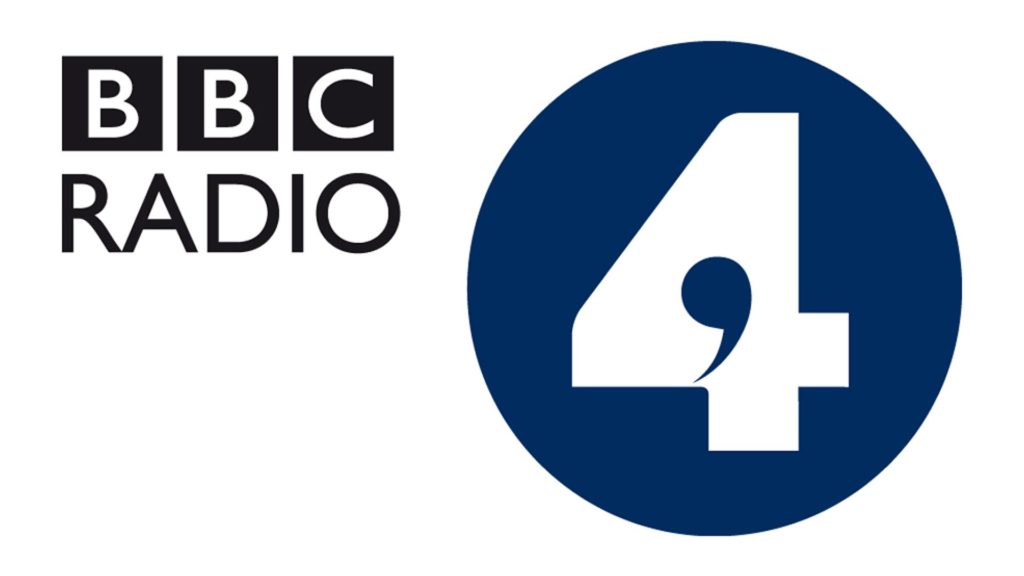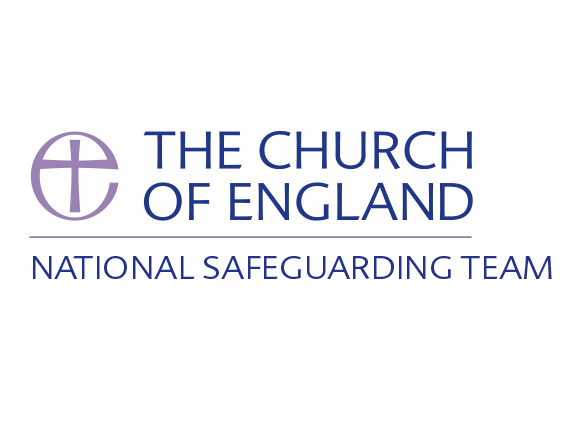
About fifty years ago I wandered into a second-hand bookshop in Morecambe. In those pre-internet days, before books could be valued at the press of a button, there was always the chance of finding something interesting or rare in such places. On that particular day I came out clasping a copy of a slim book by the Russian philosopher author, Vladimir Soloviev, entitled The Meaning of Love. Soloviev was active in the years leading up to the Revolution in a period sometimes referred to as the Russian Renaissance. This description refers to the little-known fact that Russia at that time was a place of enormous creativity in philosophy and theology. Some of this energy was transmitted to the West after the Revolution and the traces of its theological flowering can still be found in theological circles today. Sadly, the contemporary theological scene in Russia itself does not appear indebted to the magnificence of this cluster of theologians that were a bright light in the Christian world of the time. The name of Soloviev has to be added to other luminaries such as Bulgakov, Berdayev and Florovsky.
The Soloviev book no longer graces my bookshelves, having been lent or given away at some point in my life. But there was one memorable definition relating to the title of the book which I can still recall. Love, Soloviev claimed, is the ascribing to another person the same significance and importance that you give to yourself. This definition, remarkable for 1900 when it was first penned, captured a pragmatic approach to the topic which stands up to scrutiny when examined from either a theological or psychological perspective. Over the years I have pondered this definition (which I hope I have reproduced accurately) because it manages to be helpful in so many settings. Love is something that we can give when we have learned to know that we are ourselves loveable by our parents. The Christian message also tells us that, by learning to be loved and forgiven by God himself, we then have something of enormous power to share with the world.
The Soloviev theme came to my mind as I was reading some material about narcissism by the American psychoanalyst Daniel Shaw. The title of his book, Traumatic Narcissism. sums up a state of going in a completely opposite direction to the one I believe Soloviev wanted to share. Shaw’s thesis begins with describing the healthy non-traumatic relationship between mother and child. A mother concerned for her child’s full flourishing, loves him/her in such a way that the child’s self, the separate capacity for feeling and awareness, can safely emerge. Another way of putting this is to say that the subjectivity of the child is preserved and encouraged. The whole force of love on the part of the healthy parent is there to promote the new emerging self of the infant. For that to happen there must be nothing resembling any kind of psychological suffocation that would prevent this important process unfolding.
Parents who use the role of nurturing a child merely to gratify psychological needs of their own are effectively assaulting the child’s well-being. We talk about coercion and control in the context of adult relationships but this kind of bullying can also often occur in the context of a parent-child relationship. Why a parent should wish to squash the subjectivity of an infant or small child is discussed in Shaw’s account. Some parents carry traumas from their own upbringing and this, tragically, is then worked out on their own children. Space and complexity forbid me the chance to explore these dynamics but they exist and the tragedies happen. In the task of good parenting one looks to see the flourishing of the growing infant in their becoming a person who has a pride in their simple subjectivity and aliveness. From Shaw’s discussion I take the revealing idea that traumatising narcissism is the opposite. It is essentially about one party in a relationship attacking the subjectivity of the other. The neglected child, the battered wife, the cult victim or the bully’s target have all become objects in the minds of the abuser and they can then be treated as a thing. The narcissistic individual has to use coercive power on another to assuage psychological wounds from his or her past. Their own subjectivity, the capacity to feel and to love freely, has probably been itself damaged by earlier experiences, perhaps in childhood. What has been partially destroyed in them, their full aliveness, leads to them abusing and trying to destroy it in others.
In our discussions of the incidence of sexual abuse I think it is legitimate to see here that such abuse will always involve an attack on the subjectivity or the self of the victim. When I attack the inner life, the self of another person by some kind of abuse or violence, I am able to do this because I have ceased to think of them as being like me. They are an ‘it’. My needs and my desire for gratification has taken centre stage in the process. The traumatizing narcissist successfully exploits, mistreats or uses his victim(s) when he has convinced himself that they somehow deserve this treatment. What is also happening is that the victim of attack has probably been caught up in a complex psychological nexus of such things as projection, dependency and shame. The victim may have become the means of relieving a past trauma in the abuser, one which may have created a massive need or wound in his psyche. This damaging the subjectivity of a victim, whether by sexual assault, humiliation or relentless bullying seems to offer relief. All it is in fact doing is offering momentary gratification. The psychological hunger that exists inside the abuser, can probably never be satisfied.
I am trying to explore, through my reading, this notion that the sexual abuser in church or elsewhere is likely a narcissist, or, more precisely, a traumatising narcissist. The tell-tale sign of this is that he is able to deny the subjectivity of a victim and prepared to hurt them through some act of subjugation. There are in fact numerous ways of attacking the subjectivity of another and many exist in what we describe as ‘spiritual abuse’. The bully, the shunner, the one ignoring a complainant are all guilty of the objectivization which takes place in the church as elsewhere. The survivors who complain that they receive shoddy treatment from church officials and others are telling us that they are still suffering being made into objects and treated like an enemy. Sexual abuse has had severe implications for the individual but so does, in a different way, the betrayal of trust from a bishop or senior person charged to deal with their case. The situation of being treated like a thing, as with a neglected infant, is always going to be acutely and painfully difficult to bear.
We began with a picture of love which puts the other person at the centre, the place we normally we reserve for ourselves. We have identified the opposite, the traumatising narcissist who makes the other person into a thing, an object to be used, maltreated and pushed away. From the witness of survivors, abuse is being experienced at both stages – the original abuse and the later frequent callous treatment by others who are supposed to care for their plight. In many ways it is easier to outlaw actual sexual abuse of children and the vulnerable by rigorous training and good systems. For the Church the more difficult part of the process is removing the unfeeling continuing abuse that is communicated to survivors in the way they are often treated by the institution that allowed them to be hurt in the first place. It is clearly a narcissistic attitude towards survivors that pushes them to one side, ignores them, slanders them as nuisances and generally treats them as less than fully human. The Church is even now failing these survivors in many cases. They need professional help but at the very least they require the kind of love that Soloviev was trying to describe – a love that puts them at the centre of concern.







